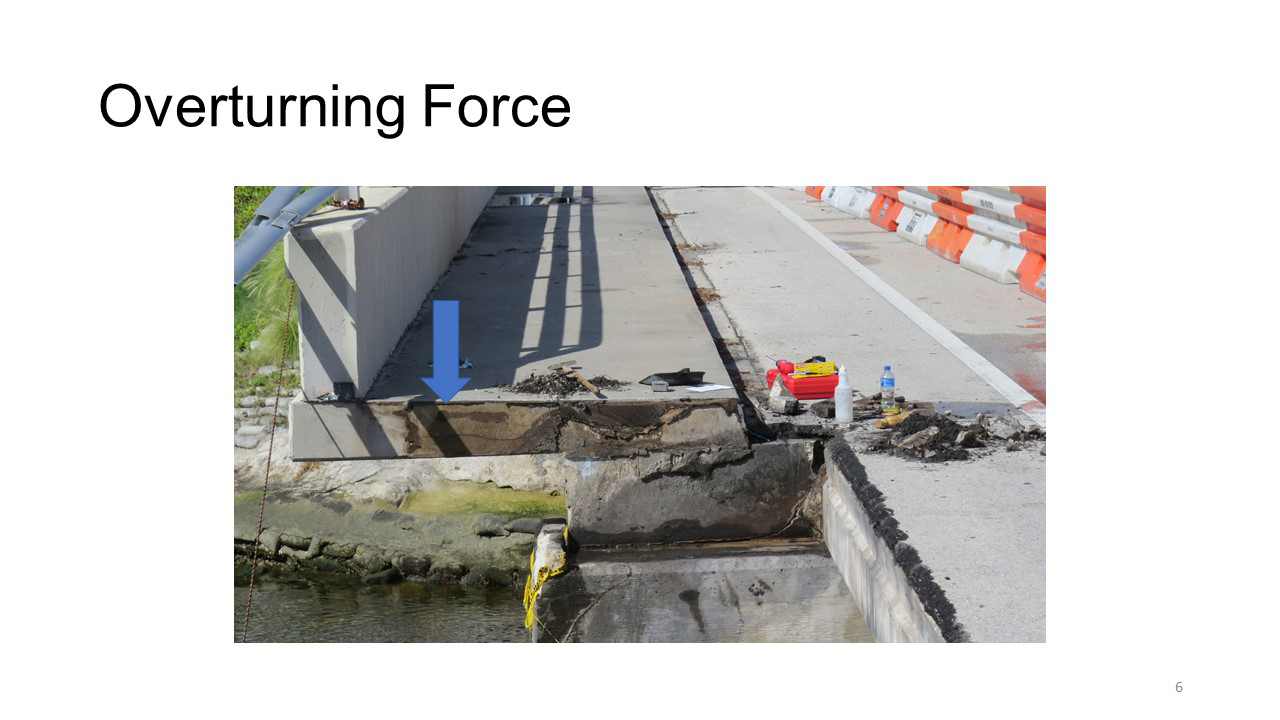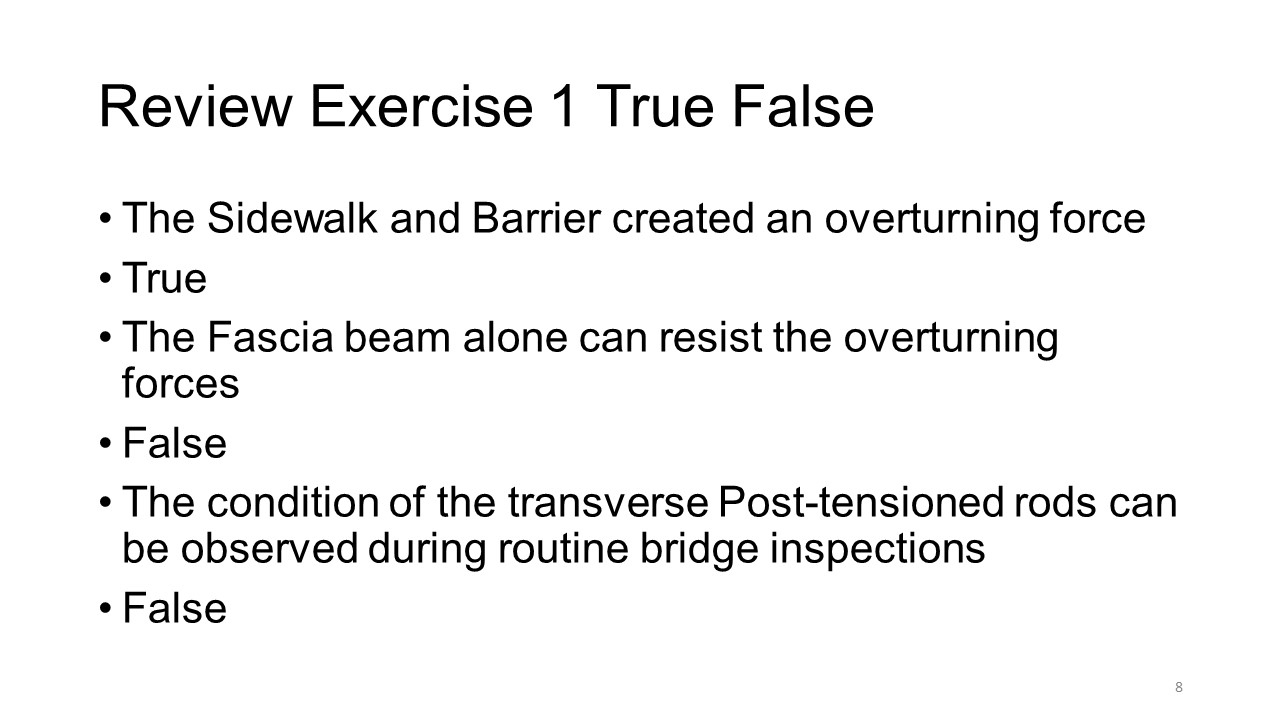Guiding Review
Review activities clarify and highlight key points for participants. You can plan review activities during or at the end of a lesson or unit. These reminders help overcome participants’ natural tendency to forget what they have learned. Research has shown it can up to seven exposures before people can consistently recall a message. To ensure the training sinks in, you need to regularly incorporate review into the lessons. A good rule of thumb is to build in some type of review activity every 15-20 minutes.
Some review should focus on recalling important details but you should spend more time getting participants to explain how they plan apply their new knowledge. See Step 5: Plan for Knowledge Checks for more information on recall and application questions. You can ask review questions orally or print them on a handout. If you ask for written responses, you will need to give participants some time to think and compose their responses. Reinforce the content by sharing the correct answers at the end of the activity.
Some common scaffolding strategies include the following:
Instructions
To conduct an effective oral review session:
- Identify topics that support the learning outcomes you want to reinforce.
- Write questions to elicit the level of information required by the outcome and also the answers.
- Announce the oral review. Explain that participants will be able to share their answers out loud and will not need to write anything down.
- Pose the questions to the whole group, half of the room, or to a table group.
- If an answer is incomplete, ask if there is anyone else who can provide more details.
- At the end of the review, provide participants with a copy of the questions and answers you created earlier.
- End the review by asking, “What other questions do you have on the topic?”
To conduct a written review after a significant amount of new content has been covered:
- Identify topics or concepts that support the learning outcomes you want to reinforce.
- Write questions to elicit the level of information required by the outcome and also some expected answers.
- Create a review handout with the questions and room for participants to write their responses.
- Announce the written review and tell participants the amount of time they will have to answer the questions (typically 10-20 minutes).
- When the allowed time is up, go over the answers while you display a slide or slides with the questions and the answers. Encourage participants to add to their notes or correct their answers.
- End the review by asking, “What are your questions on this topic?”
Other review activities can include the following:
- Concept Maps
- Cooperative and Collaborative Learning
- Games
- Mind Maps, see Graphic Organizers
- Summarizing
Example
For his NHI “Instructor Development Course” training presentation, “Sidewalk Collapse US 1 over Earman River,” Richard Kerr created a True/False review question slide (figure 7) that used animation to display the correct answers.


Source: Kerr (2019).